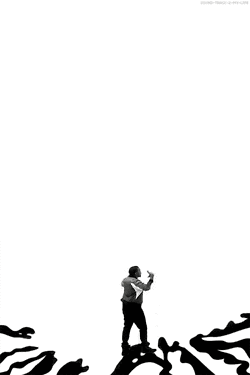Artists who aspire to make a living from selling their artwork are discovering unprecedented opportunities on the internet.

What Is Digital Art?
Traditional artists should be excited that physical media can be digitized with ease. A variety of cameras and scanners can transform any piece of artwork into a digital image file. Any 2D medium – from pastels and graphite to watercolors, acrylics, and oils – can be easily digitized.
Artists no longer have to depend on exclusive galleries picking them up and selling original pieces one by one. With digital platforms and marketplaces, artists now have many options, like selling digital copies of art that buyers can print themselves. Online art marketplaces can bring a massive audience to an artist’s work at low cost.
How to Sell Digital Art Online
With digitized art, artists can sell unlimited quantities of the same image.
A physical piece in a gallery might sell for a higher price than a digital copy, but with digitized art, artists can sell unlimited quantities of the same image. You do not have to deal with the frustration of managing prints the old-fashioned way. Online venues allow artists to skip the frustration of paying for and printing a stockpile of prints ahead of time, hoping they sell, then packaging and mailing them out to customers.

The Mechanics of Digitizing Art
You will probably end up with a digital print in the form of a .jpg, .tiff, PSD, or .pdf. These files work well for printing.
Keep sizing and image quality in mind.
With a scanner, make sure it produces a file with a high enough dpi (dots per inch) for photo-quality images. Pieces with dimensions larger than 8.5×11’’ will present better as high-quality pictures. Consider using a local printing shop for professional scanning where you should be able to print your art at larger sizes without sacrificing image quality.
The Basics of Selling Digital Prints
The most direct way to profit from selling your art is marketing to a pre-existing online following that is already familiar with your story as an artist and your artwork.
After learning the basics of selling digital art online, choose a platform. There are a variety of options such as independently selling your artwork on social media, via your own website, or through a third-party site. The most direct way to profit from selling your art is marketing to a pre-existing online following that is already familiar with your story as an artist and your artwork. Artists whose work has garnered the attention of an online fanbase can receive payments through PayPal then send digital print files to buyers via email.
There are a diversity of online shops to consider when deciding the best way to sell your digital art prints online. Take notice of each online art marketplace’s pros and cons. What artists, styles, and clientele do they attract? Think outside the digital prints box and ponder the idea of selling digital art on fun products like phone cases, clothes, or household products. Decide which marketplace works best for how you want to sell your digital art.
Where to Sell Digital Art Online

Etsy
Etsy features built-in marketing tools for individual sellers. They email your buyers, encouraging them to visit your store again. Millions of people sell their art and products on Etsy, so figure out how to differentiate your art business from the crowd to be competitive.

Creative Market

Art Web

Big Cartel

Society 6

Artist Shops by Threadless

RedBubble

Zazzle

Shopify

This is a Limited Edition (formerly Click for Art)

Not on the High Street

Design Cuts




More Ways to Sell Your Digital Art Online
Instagram can be an effective platform for self-promotion and cultivating a community or fandom around your art.
Amazon also has its own space for artists to set up shop online.
Patreon is another community site. It is subscription-based and allows the creator to release exclusive items to certain followers based on tiered levels of membership.
Explore more platforms like INPRNT, Design by Humans, Artmajeur, MyFonts, Caseable, ArtFinder, TurboSquid, Vango Art, Tappan Collective, and Saatchi Art.
The Future of Digital Art for Artists
NFTs, for example, are becoming the future of locking down intellectual property rights and long-term royalties.
Through online art marketplaces, artists have the power to control how they profit from their hard work. Creative license now extends to how creators market themselves, building iconic brands and passionate customer bases online. The future of digital art, and the ways artists can use online platforms and marketplaces to reach their fans and customers, is almost limitless.

Dot Red and the Future of Art
Dot Red believes the future of art is a powerful relationship between in-person exhibitions and virtual experiences. Dot Red digitizes the visual and social art experience for a post-pandemic world where people increasingly live and interact with art and artists, online. Learn how you can feature your art on our platform to be shared at museums, galleries, and fairs.

